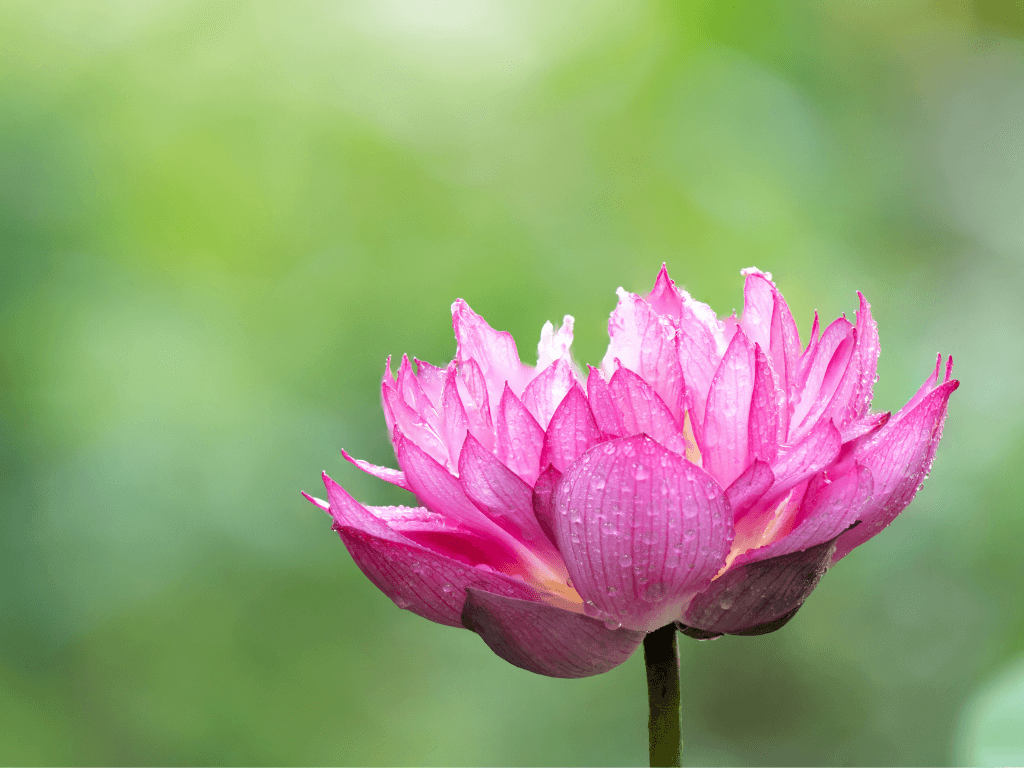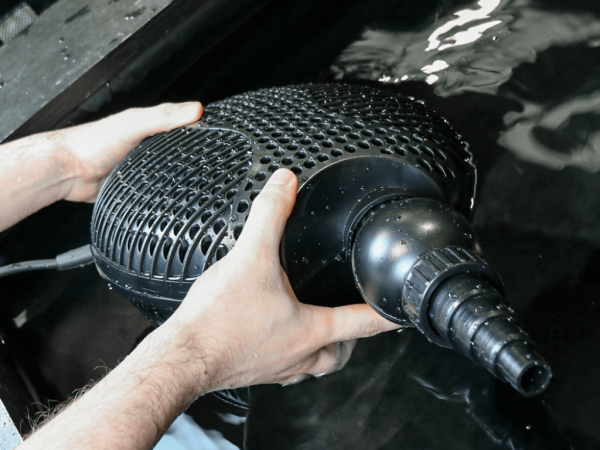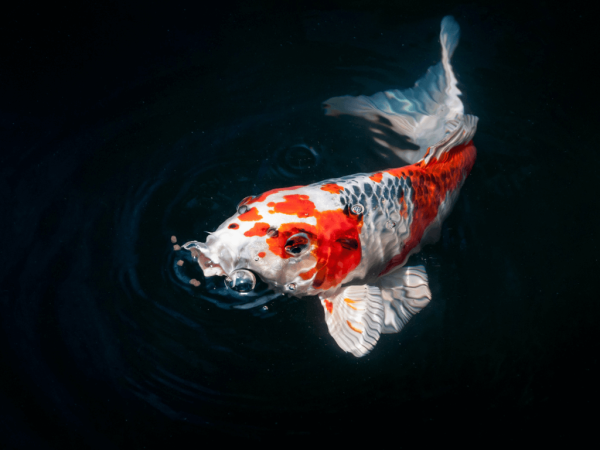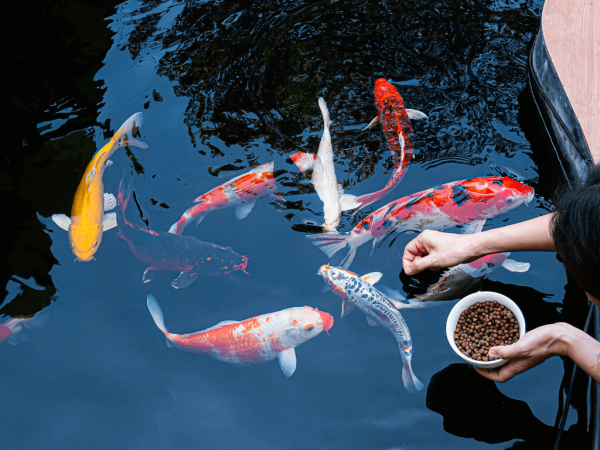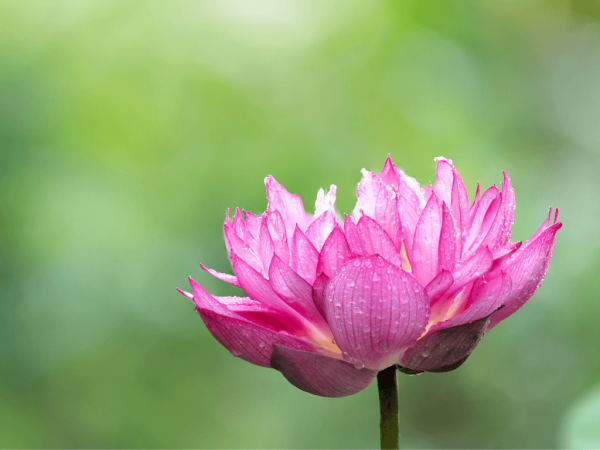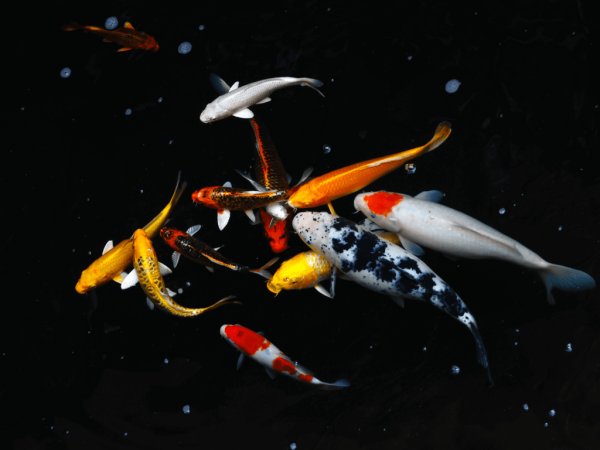Pond Plants: A Beginner's Guide To Planting Your Garden Pond
No garden pond is complete without plants. Whether they decorate the margin of your pond or root directly into the substrate at its base, plants bring your pond to life and create a natural environment that attracts insects and other wild animals. We stock a wide range of pond plants here at Swell UK, from colourful waterlilies to floating water caltrop. All of our pond plants are shipped directly to you from our growers, ensuring they look their best on arrival. Let's take a look at the benefits of pond plants and the many different types...
What are pond plants?
Pond plants, also known as aquatic plants or water plants, are plants that thrive in watery environments. They come in many different colours, with bright yellow flowers, lilac flowers, pink flowers, or blue flowers, and many different varieties, from submerged plants to marginal plants.
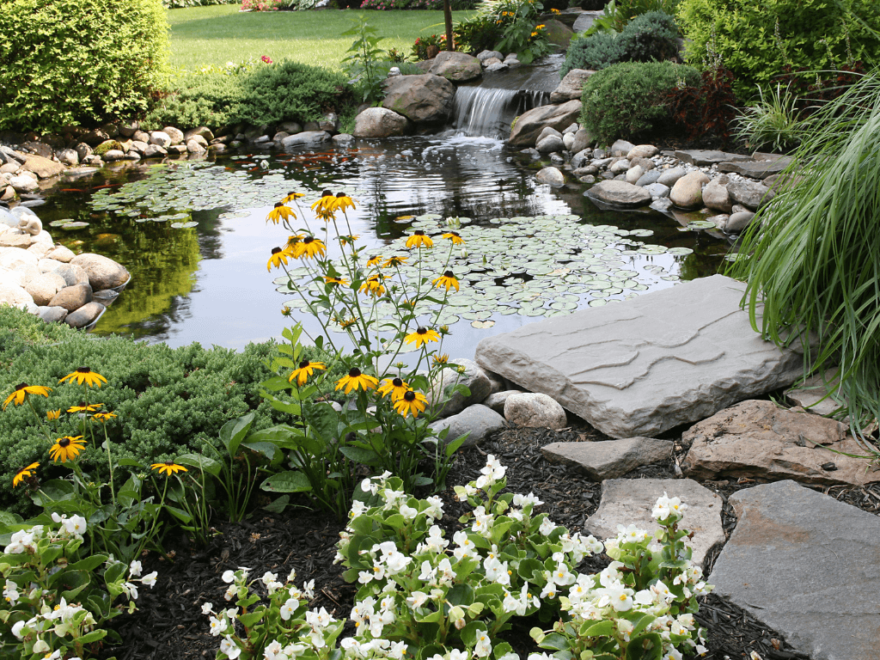
A lot of our plants are available in easy-to-use kits. In these kits you’ll find soil (sometimes called aquatic compost), gravel, and the plant itself, all packed neatly into a planting basket. These kits are suitable for all kinds of garden ponds, from large ornamental ponds to tiny patio ponds (or container ponds).
What are the benefits of adding plants to a pond?
There are many reasons why you’d choose to add plants to a pond. Not only do they enhance the beauty of a pond and attract local wildlife, but they also create shelter both above and below the water. This is great for shy fish that need hiding spots to feel more comfortable. It’s great for other pond life too, like frogs, that lay their eggs in secluded spots away from predators.
Pond plants can also filter your pond water, removing built-up nitrates and using them as ‘food’ to grow. When they’re pruned, trimmed, or removed from your pond, you’re effectively removing excess nitrates from your system. Some aquatic plants are better than others at filtering your pond water, like floating plants, but all do it to some degree.
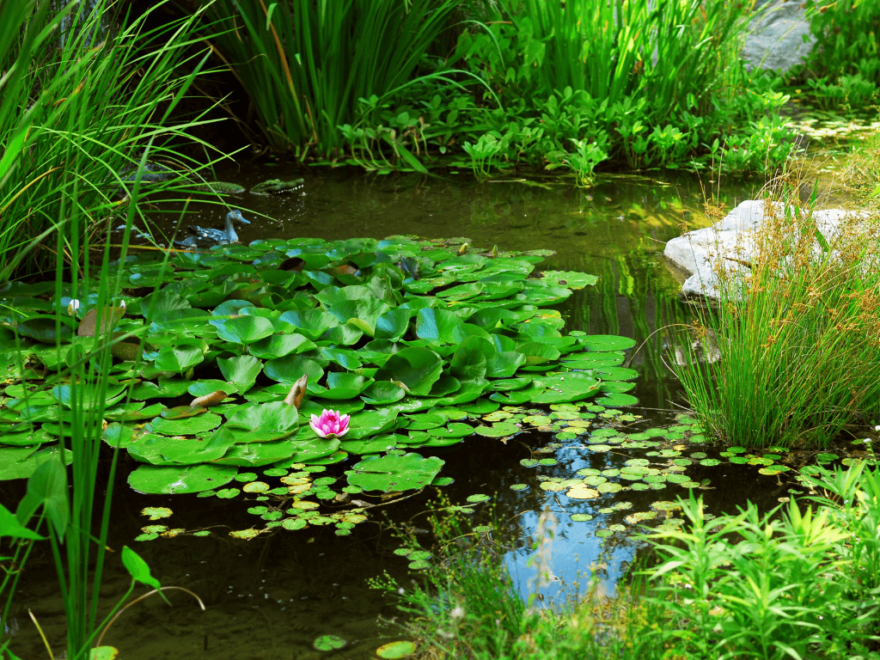
Like other plants, submerged plants produce oxygen. This makes them great oxygenators in garden ponds that don’t have any other means of oxygenation, like wildlife ponds. They can work alongside oxygenating equipment like air pumps and pond fountains too, boosting oxygen levels in your water column and ensuring that your pond fish are kept healthy and happy.
Another benefit of adding plants to a pond is that they can help reduce algae growth. They do this by competing with algae for nutrients. The more aquatic plants you have the better, particularly floating plants. These plants are fantastic at pulling excess nutrients out of your pond water. They also shelter your pond’s surface from sunlight, another thing algae needs to grow.
How do I plant pond plants?
This ultimately depends on the pond plant you want to plant, but generally speaking most popular plants are planted into a mesh basket filled with a layer of substrate and a capping layer of gravel. Other types, like floating plants, can be simply placed on your pond’s surface, while others, like waterlilies, need to be placed at the bottom of your pond.
To plant most types, start by filling a pond basket with your substrate of choice. It’s best to opt for a specialist pond compost; these are typically low in nutrients, meaning they won’t promote algae growth in your pond.
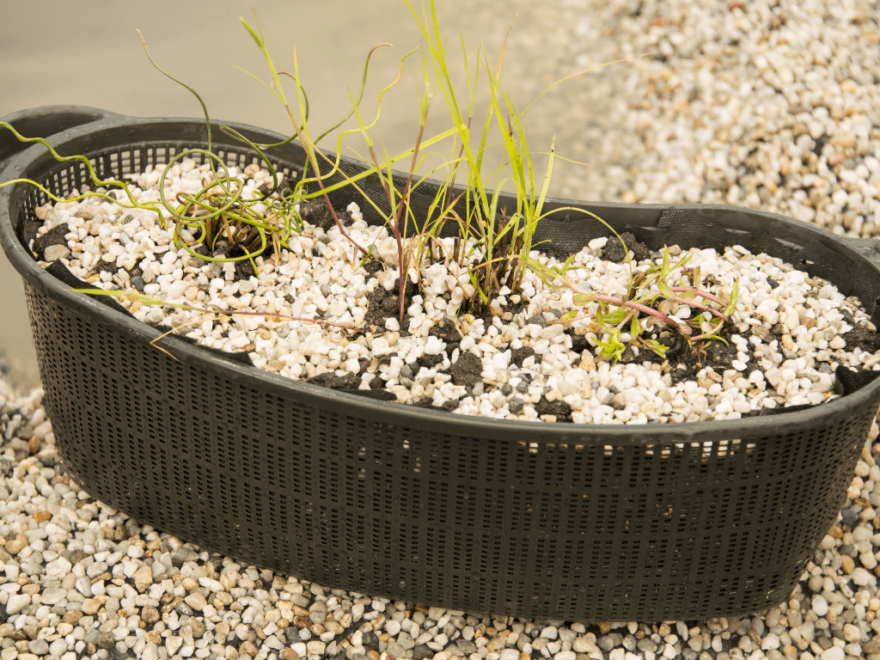
Then, take your plants and push their roots into this substrate, making sure that there’s enough growing room between each plant. To finish off, cap your basket with a layer of pond gravel. This will anchor your plants in place and stop any pond compost from floating into your water column and potentially muddying it.
Once you've planted your pond plant, simply place it inside your pond (if it's an emergent plant) or on the edges (if it's a marginal). The only limiting factor on the amount of plants you can place in your pond is space, other than that you can go crazy and plant as many as you want! Whether you have a small pond on a balcony, or a huge lake in your garden, you can cram them full of plants and reap the many benefits that they bring.
For more advice about where to plant certain pond plants, check out our Complete Swell Guide To Planting Your Pond.
What are the main types of pond plants?
There are many, many different types of aquatic plants, but almost all of them can be split into five main categories: submerged plants, marginal plants, floating plants, emergent plants, and bog plants. They need to be placed in specific areas of your pond to really thrive and require slightly different layers of care.
Submerged plants
These water plants stay below the water level of your pond, creating an underwater forest that your pond fish can wade through. They give your garden pond a more natural feel and help your pond fish to hide from opportunistic predators, like herons and domestic cats. A few examples of submerged plants include Hornwort, Elodea, and Eelgrass. These submerged aquatic plants are also great oxygenators!
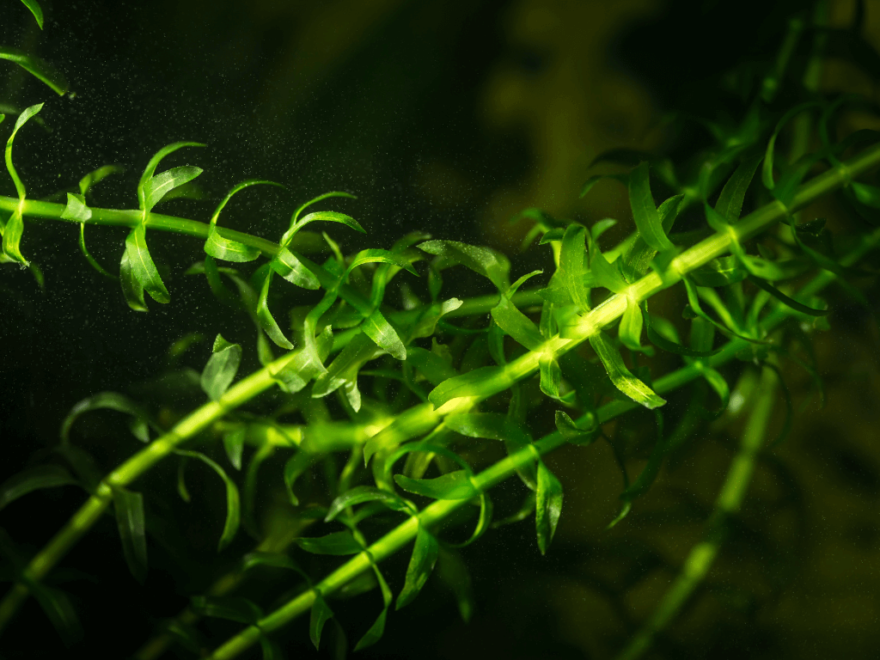
Marginal plants
These plants thrive in the moist soil that surrounds the edges of your pond. Most types of marginal plants can be placed in the shallows (around 10cm deep) or in between the rockwork that lines the edges of your pond. A lot of varieties will bloom in spring and summer, displaying vibrant yellow flowers, pink flowers, and blue flowers. Some popular marginal plants include Yellow Iris, Goat’s Beard, and Lobelia Cardinalis.
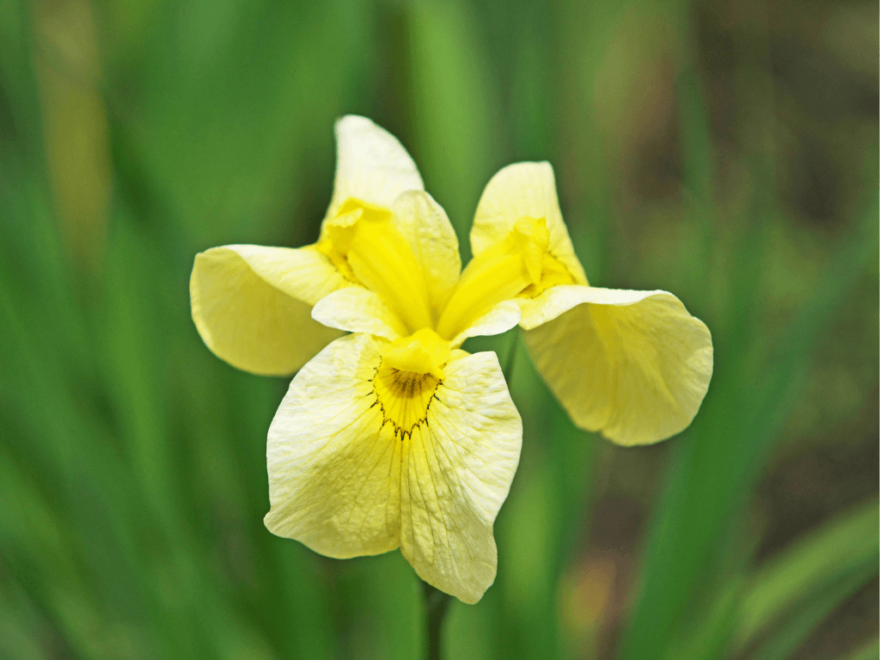
Floating plants
These plants are perhaps the easiest aquatic plants to care for; just simply place them on your pond’s surface and watch them flourish. As mentioned above, floating plants are a great way to control algae growth in your pond. This is because they grow very, very quickly. Some pond keepers may enjoy this fast growth, whereas others may get tired of the constant pruning required in the spring and summer months. Some popular examples of floating plants include water caltrop and water lettuce.
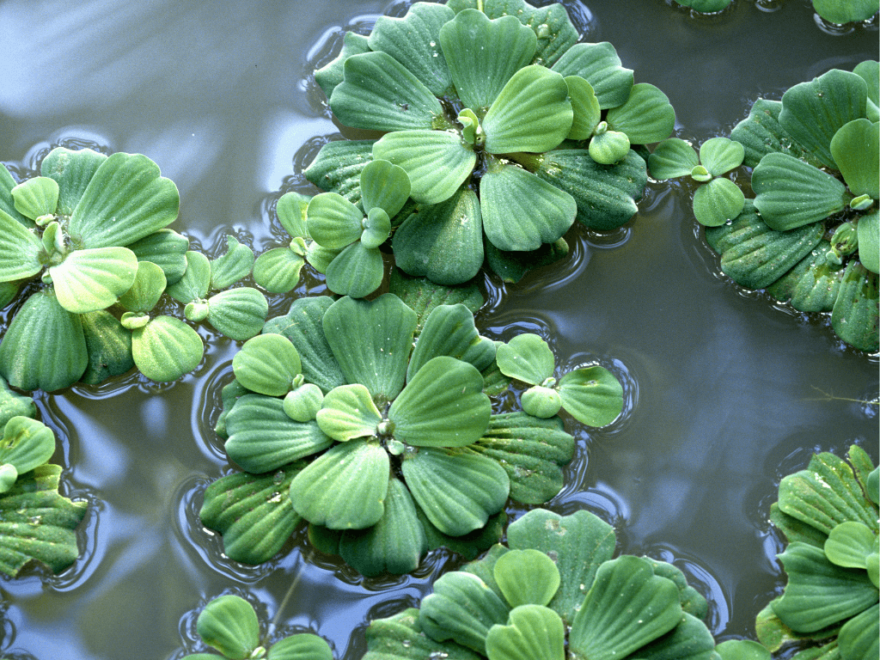
Emergent plants
These types of plants root into the sides and bottom of your pond and send out pretty flowers that bloom above the water’s surface. The most popular emergent plants in the hobby are, without doubt, waterlilies. There are hundreds of different varieties of these colourful plants; here at Swell UK we stock close to 40 of them! They range in colours from pure white to deep crimson.
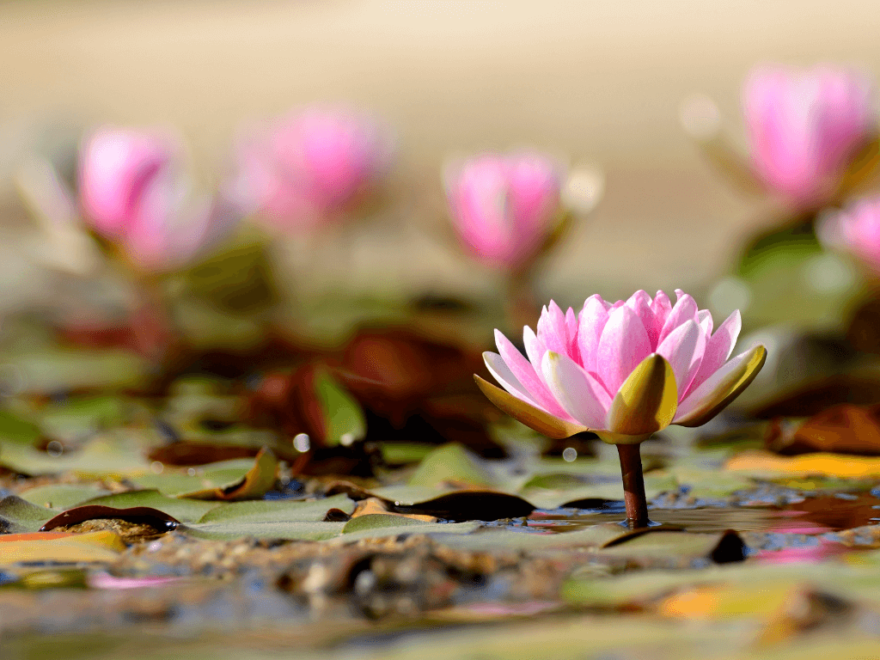
Bog plants
These plants are very similar to marginal plants, often growing around the edges of your garden pond. They like really wet soil and a lot of sunlight. A lot of pond keepers like to create ‘bog gardens’ full of bog plants. These are great alternatives to stylised ornamental ponds and don’t require half as much equipment, if any at all! They can be made on the margins of an existing pond, or simply in a waterlogged part of your garden. There are lots of plants that thrive in wet soil, but some of the best types for a bog garden include Snow Queen Iris, Bulrushes, and Himalayan Marigolds.
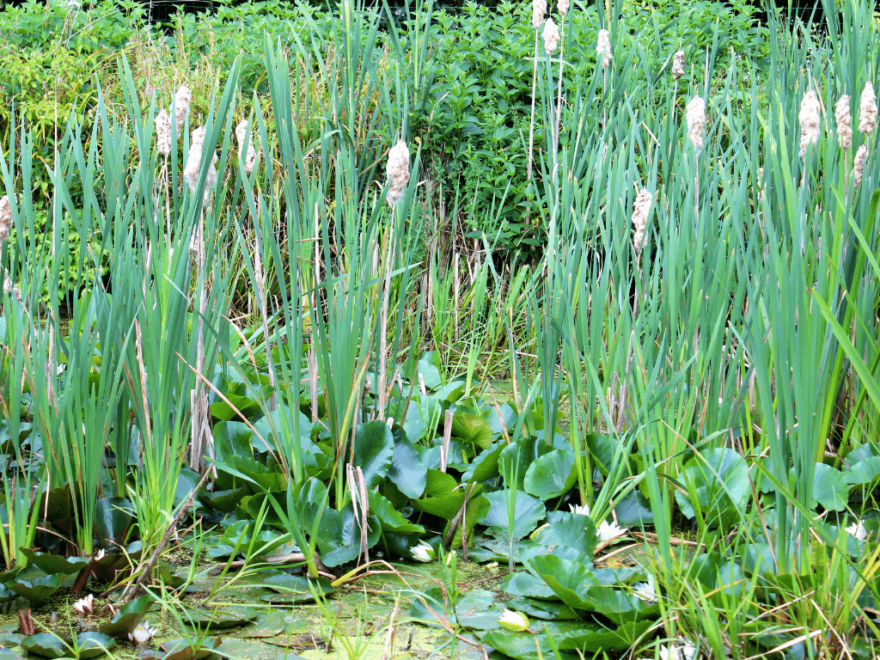
What types of pond plants should I avoid?
While almost all plants will have a positive impact on your garden pond, there are a few types that can quickly get out of hand if they’re not carefully managed. These plants are better known as water weeds and they include plants like duckweed, milfoil, cabomba, phragmites (or common reeds). If left to grow unchecked, these plants will turn you pond into a swampy-looking jungle very quickly.
What types of pond plants are native to the UK?
The UK is home to hundreds of species of aquatic plants, many of which are popular choices for garden ponds. Marsh Marigolds and Waterlilies are some of the most well known examples. That said, there are many others that can transform your garden pond into an outdoor paradise, as well as provide a wide range of benefits. These include:
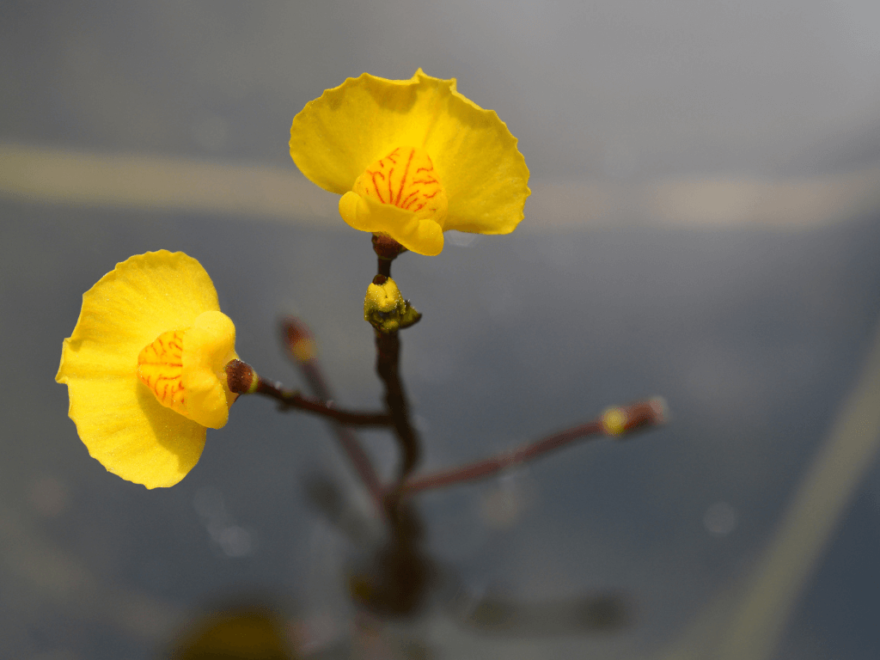
- Bladderwort - A carnivorous plant with intricate yellow flowers that traps small aquatic animals, like mosquitoes, in its bladder-like traps.
- Water Mint - A fragrant herb that blooms in late summer with pink and lilac flowers. It attracts bees and butterflies and can be used in cooking.
- Water Hawthorn - A fragrant plant with white, star-shaped flowers that bloom in spring and autumn. It provides great shelter for fish and insects.
- Yellow Flag Iris - A tall, yellow flowering plant that thrives in wet soil and in the shallows of garden ponds. It provides shelter and a nesting site for small birds and amphibians.
- Bog Bean - A unique-looking plant with leaves that look like clovers. It loves waterlogged soil and provides nectar for bees and butterflies.
- Watercress - An edible plant with clusters of white flowers and peppery leaves. It grows well in shallow water or wet soil and makes a great garnish for salads.
What accessories do I need to get the most out of my plants?
As mentioned above, a lot of our plants come as part of easy-to-use kits that contain a planting basket, some pond compost, some pond gravel, and the plant itself. These are fantastic for first-time pond keepers, but if you want to dive a little deeper into the hobby then you’ll want to pick up some extra pond baskets and pond soil/compost. This will allow you to take cuttings of your existing plants and grow completely new ones!
We also stock some other great planting accessories, like floating plant islands and pond plant fertilisers. Make sure you browse our full range of pond plants and associated accessories by clicking here!




